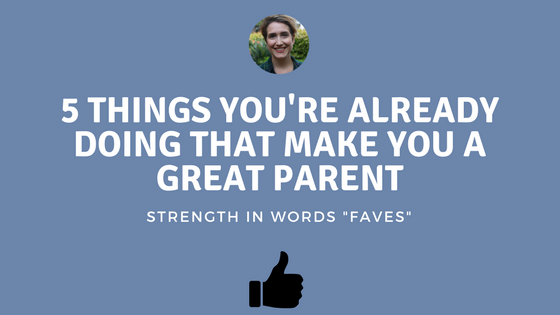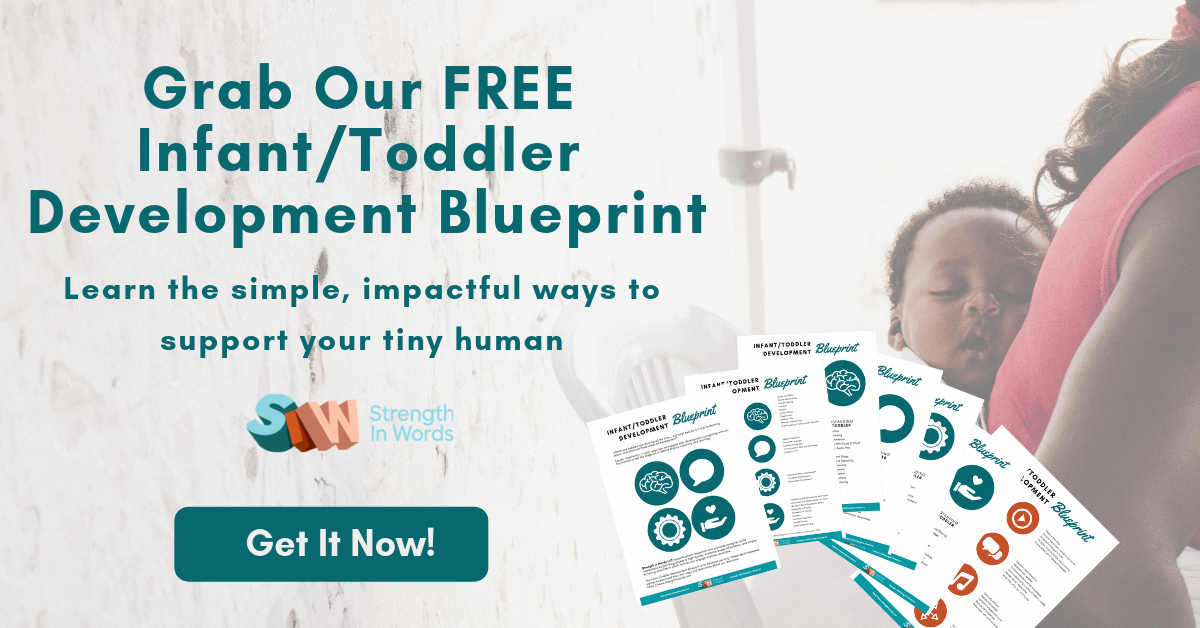We all wonder whether we’re doing enough.
We all wonder whether we’re doing it wrong. And we all cross our fingers hoping we’re raising good, happy people.
As parents of young children, there are plenty of resources to make us feel we aren’t doing enough for our little ones.
Plenty of books magazine articles, and blog posts (not to mention neighbors and aunties) scream,
“Are you doing x?” “If you haven’t incorporated y, baby will never z!” “What on earth made you decide not to abc?”
I’m here to provide a little counter-balance.
Ready?
Step back, take a deep breath, here goes: It’s ok. We’re doing great. I am already a great parent.
What Learn With Less does a little differently:
Instead, we choose to focus on those universal truths about how humans develop, all around the world.
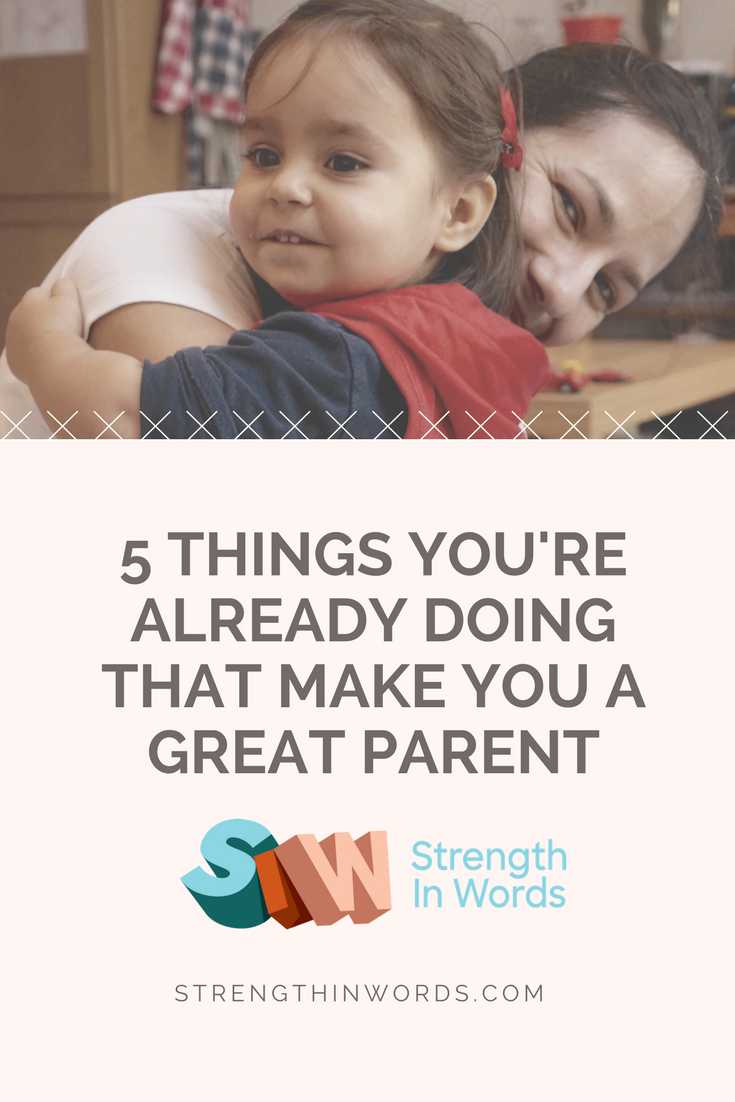
Early Parenthood AND Early Childhood
Cognitive, communicative, motor/sensory, & social/emotional development are the areas in which our young children invest their energies in the first three years of life (and beyond)!
The more we understand about how that process works, the better equipped we are to support them.
This is how we build good, decent humans: by feeling supported ourselves, so we can nurture our babies.
Instead of suggesting fancy toys (which are financially draining) or complex craft projects (which are time consuming), how about activity ideas to support early development, made from items already in your home?
1. Do you ever play music in the background, in the same room as your baby?
When young children listen to music (either live or recorded), they are exposed to vocabulary, grammatical structures, and patterns. Singing along, dancing around, or simply sitting back and listening together are wonderful ways to promote all areas of development!
The Learn With Less™ Curriculum includes live virtual sessions that feature the use of musical experiences to promote early development and interactions with you! <<LEARN MORE HERE! >>
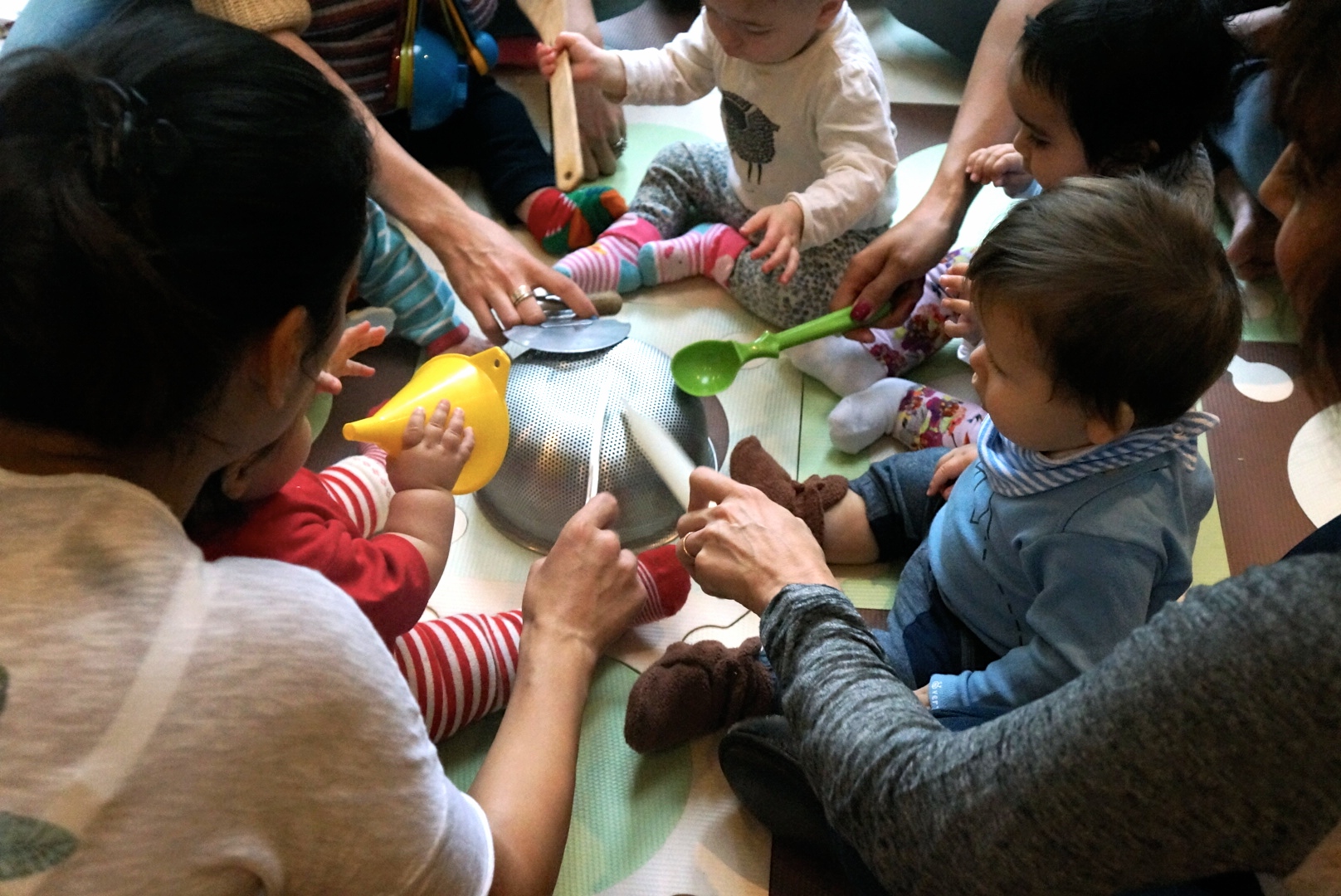
2. Do you (or does someone) give your child baths, change her diapers, go in when she wakes up and put her to bed each day?
Building a bit of fun into caregiving routines that occur throughout your young child’s day is a wonderful way to promote your little one’s communication development.
Looking for simple ways to maximize caregiving routines? <>
3. Does your child move or push heavy things?
Performing activities that give heavy input to the body’s muscles and joints actually have a strong underlying developmental basis in the area of sensory integration.
When we give our muscles input that comes from doing “heavy work,” we activate one of our sensory systems known as the proprioceptive system.
This system helps us understand more about where our body is in space, and often regulates the body, allowing us to do the work of learning.
You can learn more about heavy work (and sensory processing in general!) in my interview with Mama OT or get some more great ideas for heavy work here!
Just remember that anytime your little one sucks from a straw or pushes a laundry basket, she’s engaging in heavy work, and developing those motor and sensory abilities!
4. Does your child open the cupboards and bang on pots, pans and bowls?
You can think of that banging as a journey toward problem-solving, rhythm, and early gesture!
Did you know that rhythmic movements of the arms on things like makeshift percussive instruments also seem to be correlated to early communicative behaviors like babbling?
So, the next time your baby finds the DIY instruments in your kitchen, you might consider sitting down and imitating his rhythms!
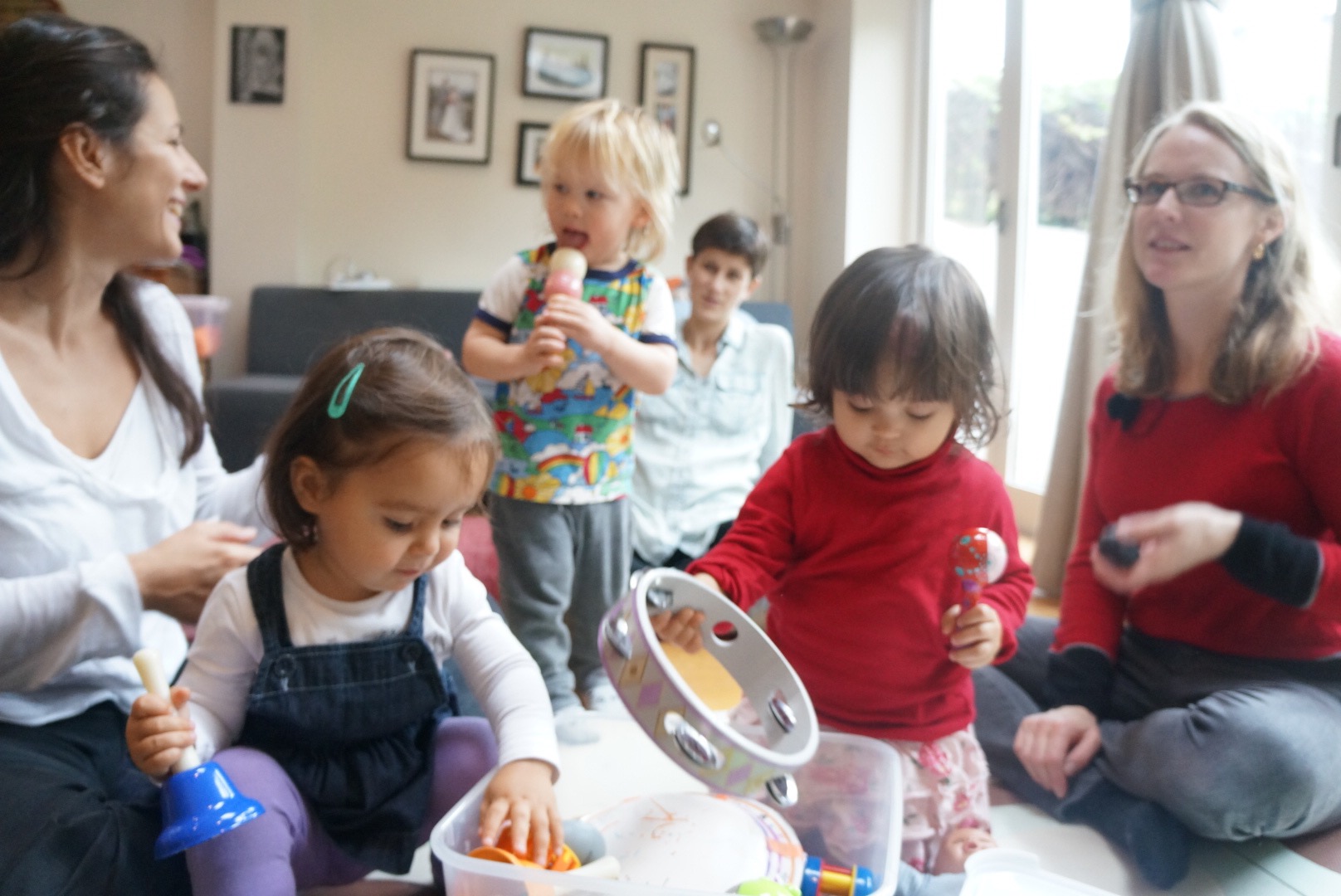
5. Do you give your child cuddles?
The simple act of touching your baby gives him the knowledge that you are there, and you are present.
When your young child is secure knowing that he can depend on you for hugs, kisses, hand holding, or even a simple comforting hand on his shoulder, you are deepening the social/emotional bond between you.
